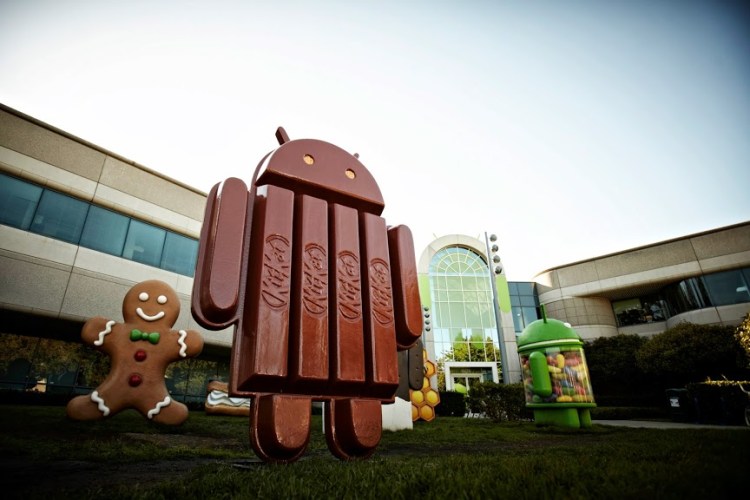Update: Google has officially announced Android KitKat’s features, confirming everything in this report.
The latest and greatest Android releases typically focus on getting the most out of the newest hardware, but Android KitKat may change that.
KitKat, also known as Android 4.4, will reportedly include support for low-end devices that don’t have fast processors or a wealth of system memory, reports former Wall Street Journal staffer Amir Efrati. Typically, low-end Android phone makers have used older versions of the operating system to deal with hardware constraints, which has led to significant fragmentation among Android devices.
According to documents obtained by Efrati, Android KitKat will “optimize memory use in every major component” and include tools for developers to make their apps more memory efficient. That’s not typically a concern for new operating systems, which are usually built to take advantage of faster processors, better graphical capabilities, and larger amounts of memory.
Google’s own stats reveal nearly 30 percent of Android devices run Android 2.3 “Gingerbread,” which was released in late 2010. Around 66 percent of Android devices run Android 4.0 “Ice Cream Sandwich” or later, a more modern version of the operating system that launched in late 2011. Such a wide gulf in Android versions on the market makes it difficult for app developers to support every device (newer apps typically only support newer versions of Android).
Even today, we see low-end devices shipping with the 3-year-old Android Gingerbread. If Efrati’s documents are accurate, KitKat could put an end to that. (Even more intriguingly, KitKat has the potential to upgrade older low-end Android devices as well.)
On a related note, Google recently acquired FlexyCore for $23 million, a firm that speeds up Android’s performance on lower-end devices. I wouldn’t be surprised to see that technology eventually implemented in KitKat and future versions of Android.
Supporting lower-memory devices also makes KitKat an ideal OS for wearable devices, which typically have lower-end specs for battery life and space considerations. Efrati also notes that KitKat will include support for sensors typically found in wearable devices, like a step detector, step counter, and geomagnetic rotation vector.
In other news, KitKat will reportedly make near-field communications (NFC) more useful by enabling developers to mimic physical cards (things like door entry cards, transit cards, and loyalty cards) without tapping into a device’s secure element, which is typically cordoned off by carriers. Google has also built in technology to control TVs and other home theater equipment using an infra-red blaster, and has included support for more Bluetooth devices in KitKat.


